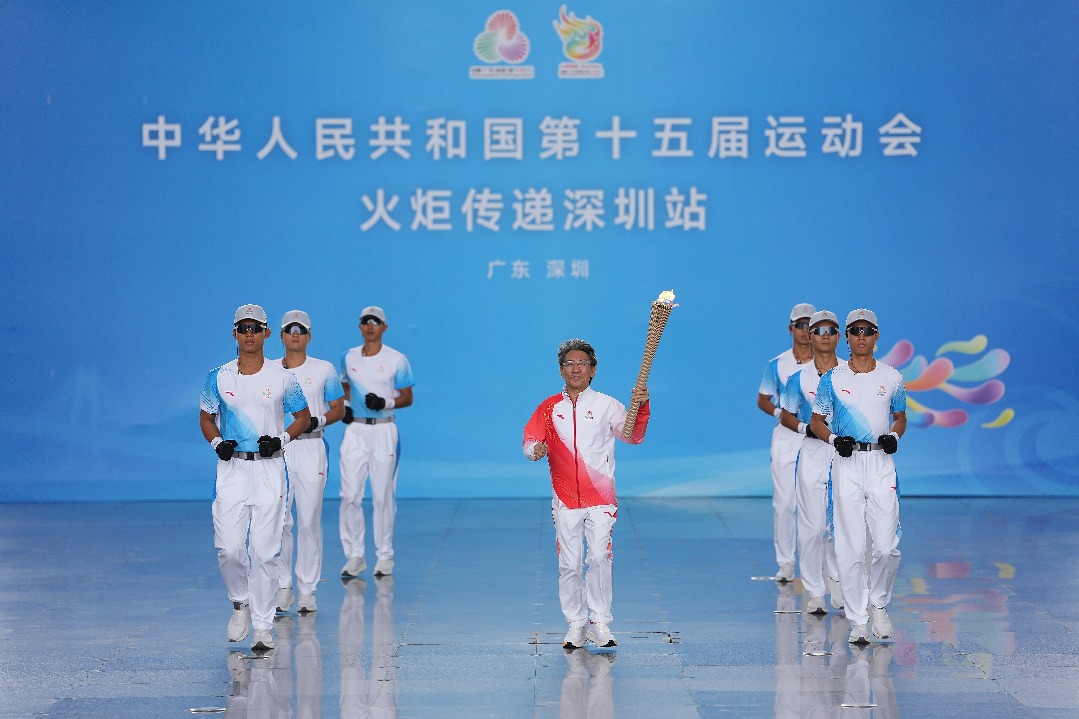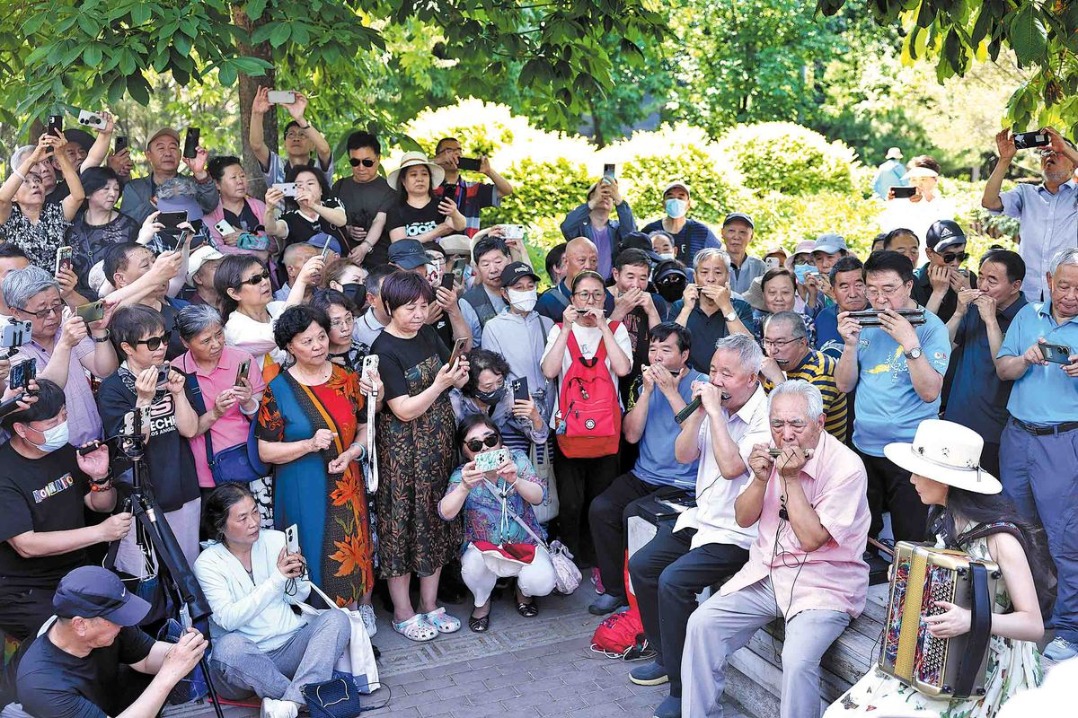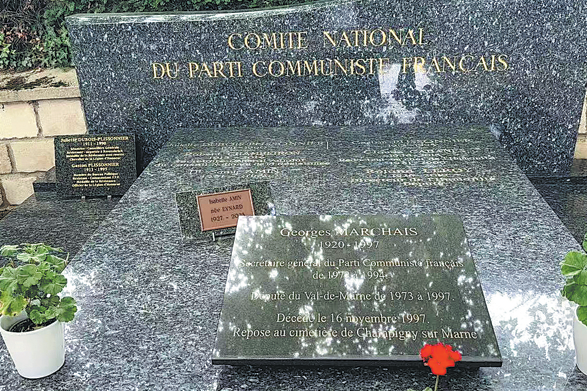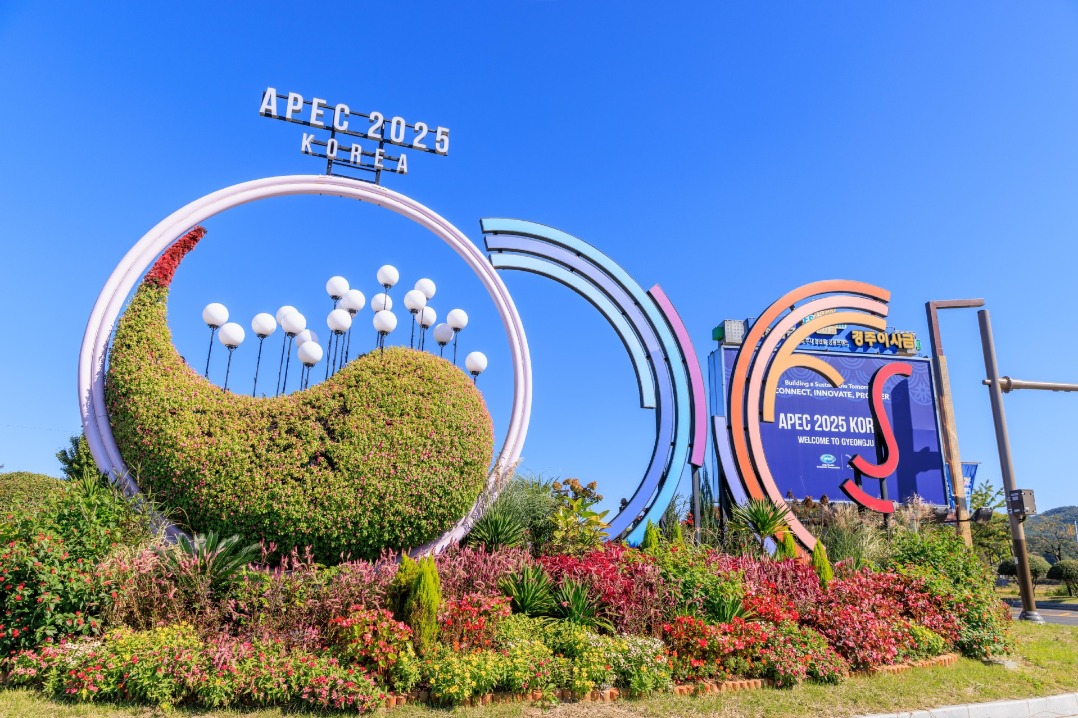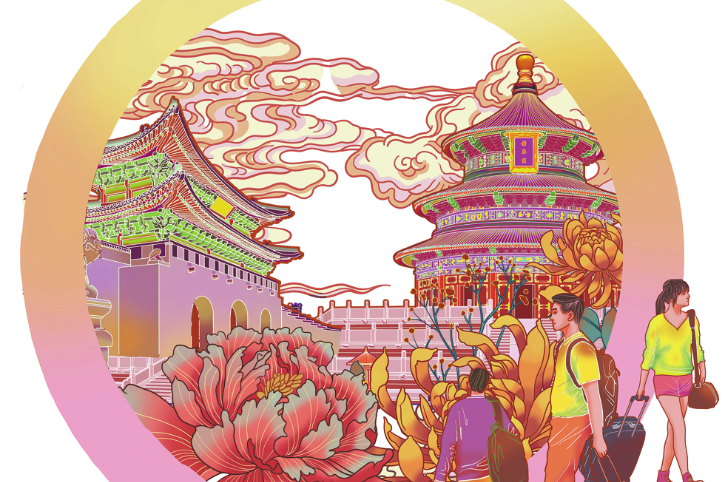Taking the temperature to discover why Beijing is so cold this year

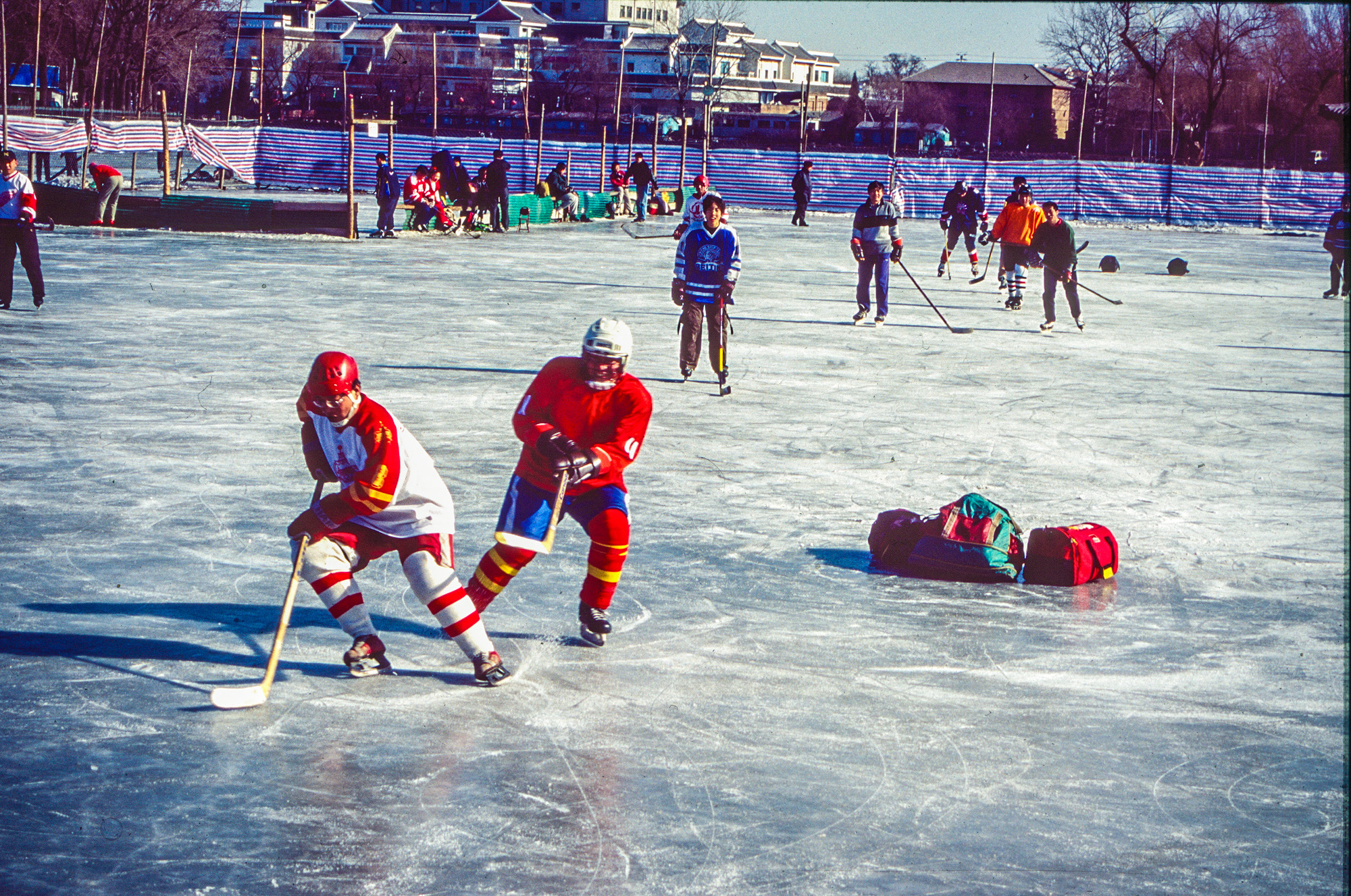
As the aircraft continues its descent over the Western Hills toward Mentougou, it passes above the Great Wall of China before reaching the outer suburbs of Beijing. From the air, the extensive areal spread of Beijing’s urban area can clearly be observed.
In winter months, dry air pushes south from the cold north, sometimes rushing down over the mountains towards Beijing. Meteorological science illustrates how air moves from high pressure to low. Southern China, being warmer, the pressure is often lower and this helps draw cold air south. Consequently winter temperatures can fall over Shanghai, eastern China, indeed even all the way down to Hong Kong.
For Beijing, as the air descends over hills to the north and west, it can pick up speed becoming increasingly dry. When did we last have rain over Beijing? The city has to wait until April when northern lands start warming, air pressure falls and air starts coming from the east or south, producing the essential moisture allowing blossom to bloom on trees along the city's trees. Those hills that form a backdrop to the city also act as a screen wall protecting Beijing from the extensive semi-arid and even desert lands beyond.
13th century Yuan Dadu, the "Great Capital" was in many ways the foundation of today's city. It was laid out on what is a relatively dry plain. Dadu was not built alongside a river. However two prominent streams, the Yongding and Wanyu, flow alongside Beijing's western and eastern edges.
The Yongding, actually 650 kilometers in length, rises in Shanxi province's Guancen Mountains, discharging into Guanting Reservoir north of the Western Hills. Reaching Mentougou it flows toward Tianjin, joining the Haihe which empties into the Bohai Sea. In December 1995, visiting Lu-gou Qiao (Marco Polo Bridge), the Yongding's bed was dry due to upstream human activity. In recent years considerable work has been undertaken to reintroduce its water flow. Along with considerable landscaping it enhanced the beauty of nearby 2013 Beijing Garden Expo.
The Wenyu, known as Beijing's "Mother River" flows 47.5 kilometers from the Jundu Mountains north of Tongzhou to join the Grand Canal. Nearby, canalized Tonghui River connects right to the former Ming City Walls below the grand Dongbiannen Watchtower. Today, the waters quiet but once bustled with boat traffic.
















